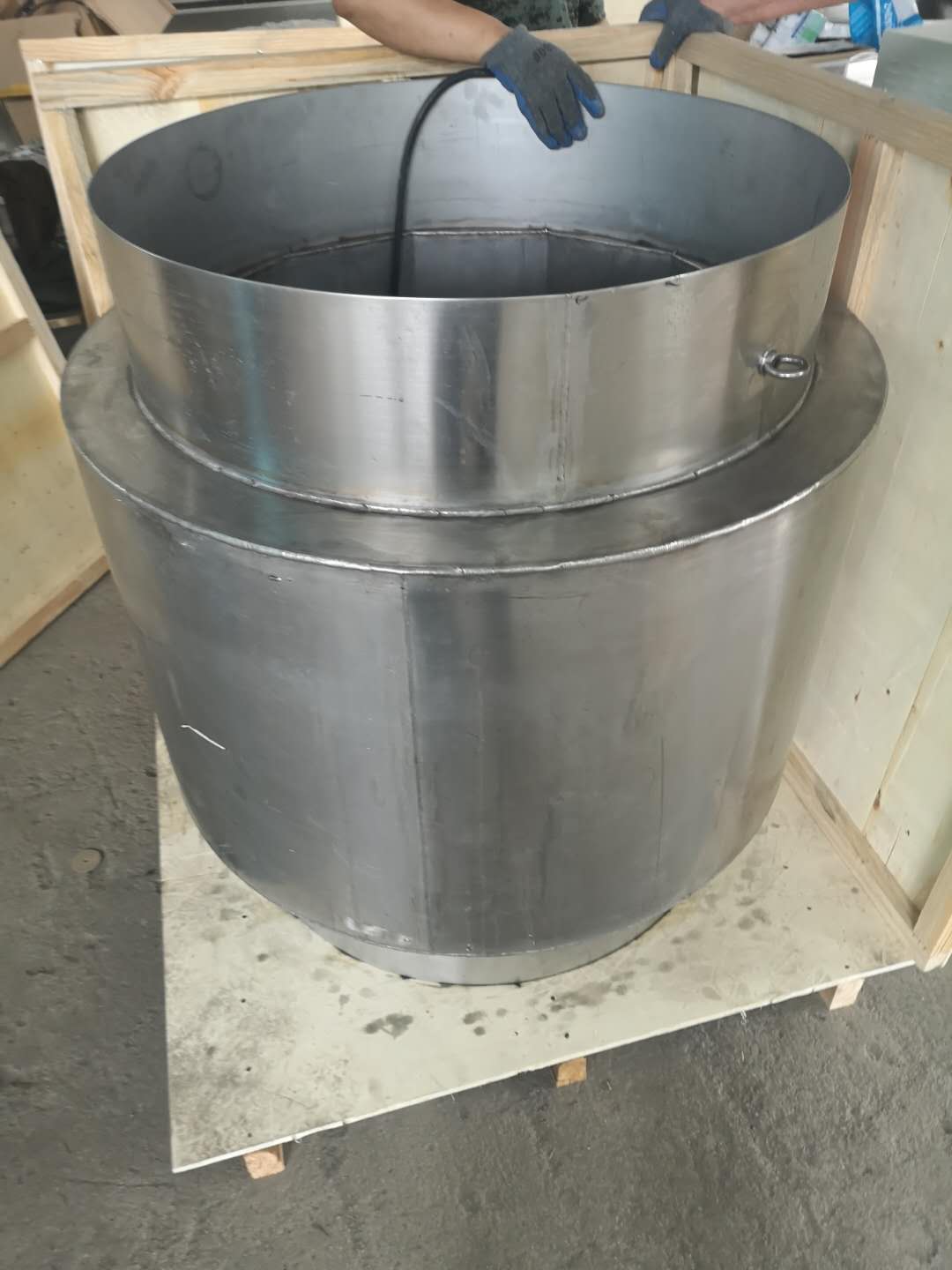
超声波清洗机解决了工业清洗的难题
作者:admin来源:http://www.jnthcsb.com/时间:2021-02-26
超声波清洗机有很多厂家和型号,但其主要功能是完成各种物体的清洗,其清洗效果得到了广大用户的广泛认可。在许多工业制造商中,他们正面临着这样一个困难的问题。在脱油、除锈、水洗、表面调整、磷化等过程中,渗透到焊缝内的液体很难排出,水洗不能清除。
Ultrasonic cleaning machine has many manufacturers and models, but its main function is to complete the cleaning of various objects, and its cleaning effect has been widely recognized by the majority of users. Among many industrial manufacturers, they are facing such a difficult problem. In the process of deoiling, derusting, water washing, surface adjustment and phosphating, the liquid penetrating into the weld is difficult to be discharged and cannot be removed by water washing.
在湿热条件下,夹杂物容易使工件变黄、生锈。如果这些残余液体在干燥过程中不能完全干燥固体,那么高温干燥的粉末喷雾会由于热膨胀而使残余液体从焊缝中渗出,影响涂层与金属表面的结合,导致涂层的附着力降低甚至脱落。
In hot and humid conditions, inclusions are easy to make the workpiece yellow and rust. If these residual liquids can not completely dry solids in the drying process, the high temperature dry powder spray will cause residual liquid to seep from the weld seam due to thermal expansion, which will affect the adhesion of the coating to the metal surface, resulting in the decrease or even drop of the adhesion of the coating.

为解决这一问题,一般厂家采用高压喷雾多次清洗,或改变干燥工艺,提高干燥温度,解决焊缝中残留的液体,这些方法不仅造成水资源和能源的浪费,而且破坏磷化膜,降低磷化膜的耐蚀性,效果不理想。超声波清洗利用超声波"全孔"和"空化"的特点,能迅速地去除焊缝中的残留液体和日晒,满足后续加工的质量要求。
In order to solve this problem, the general manufacturers adopt high pressure spray multiple cleaning, or change the drying process, improve the drying temperature, and solve the residual liquid in the weld. These methods not only cause the waste of water and energy, but also destroy the phosphating film and reduce the corrosion resistance of the phosphating film, and the effect is not satisfactory. Ultrasonic cleaning uses the characteristics of ultrasonic "full hole" and "cavitation", which can quickly remove the residual liquid and sunlight in the weld, and meet the quality requirements of subsequent processing.
超声除锈和冲洗的效果取决于空化,空化的产生与超声强度有关。通常在超声波功率为0.3/cm2的水溶性介质中会出现空化现象,在一定范围内,超声强度越大,空化效应越明显,一般选用1~1.2w/cm2作为清洗的功率密度。
The effect of ultrasonic derusting and washing depends on cavitation, which is related to ultrasonic intensity. Generally, cavitation occurs in water-soluble media with ultrasonic power of 0.3/cm2. Within a certain range, the larger the ultrasonic intensity is, the more obvious the cavitation effect is. Generally, 1 ~ 1.2w/cm2 is selected as the power density for cleaning.
超声波振动频率对清洗效果有很大影响,在相同功率下,低频容易激发空化,即16~25 khz空化效果好,16~20 kHz低频适用于油污严重、锈蚀严重的大中型机械零件,26 khz适用于一些表面清洁度高、盲孔和钢丝孔的零件。
The frequency of ultrasonic vibration has a great influence on the cleaning effect. Under the same power, the low frequency is easy to stimulate cavitation, that is, the cavitation effect is good at 16 ~ 25 kHz. The low frequency of 16 ~ 20 kHz is suitable for large and medium-sized mechanical parts with serious oil pollution and corrosion. The low frequency of 26 kHz is suitable for some parts with high surface cleanliness, blind holes and steel wire holes.
超声波清洗温度是影响清洗速度的重要因素,适当提高清洗温度可以提高空化能力,缩短清洗时间,但超过一定温度时,由于蒸汽压力的升高,须保持一定的温度,结果表明,水溶性介质在50℃±5时效果好。
Ultrasonic cleaning temperature is an important factor affecting the cleaning speed. Properly increasing the cleaning temperature can improve the cavitation capacity and shorten the cleaning time. However, when the temperature exceeds a certain value, a certain temperature must be maintained due to the increase of steam pressure. The results show that the effect of water-soluble medium is good at 50 ℃± 5.
推荐文章
 公司:济南科尔超声波设备有限公司
公司:济南科尔超声波设备有限公司  热线:18663767799
热线:18663767799 地址:山东省济南市济阳区创业路与启航街交叉口南40米
地址:山东省济南市济阳区创业路与启航街交叉口南40米








 新闻资讯
新闻资讯

 联系我们
联系我们
 咨询电话:18663767799
咨询电话:18663767799 E-MAIL:jnkergs@163.com
E-MAIL:jnkergs@163.com 地址:山东省济南市济阳区创业路与启航街交叉口南40米
地址:山东省济南市济阳区创业路与启航街交叉口南40米 鲁公网安备 37011202001385号
鲁公网安备 37011202001385号
